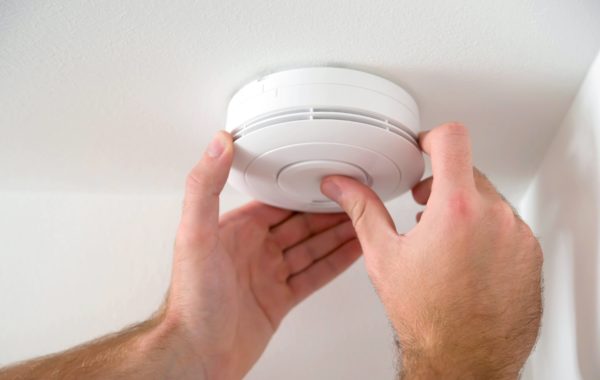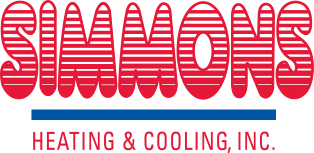
Many potential dangers exist inside all homes, and one of the biggest dangers comes from gas furnaces and other gas-burning appliances, such as water heaters, clothes dryers, and fireplaces. All these units produce carbon monoxide as a byproduct of burning natural gas or propane. They are designed to ensure that carbon monoxide and other dangerous combustion fumes vent outside, but there is always the risk of a harmful gas leak.
Carbon monoxide poisoning kills more than 400 Americans and sends more than 50,000 people to the hospital annually. For this reason, you must take some basic precautions to reduce the risk of leaks and accidental carbon monoxide poisoning.
Install Carbon Monoxide Detectors and Test Them Regularly
This first step isn’t about preventing leaks, but about keeping you safe if a leak occurs. Having carbon monoxide detectors in various parts of the house is just as important as having smoke detectors, and these units will alert you to any problems so you can get out of the house safely.
All homes should have carbon monoxide detectors no more than 15 feet away from every gas-burning appliance. These detectors should always be a minimum of five feet away to prevent false alarms. If you have a wood-burning stove, it also needs its own carbon monoxide detector.
A carbon monoxide detector should be placed within 15 feet of the entrance to every sleeping area. If you have two bedrooms with doors less than 30 feet apart, you can install one detector in the hallway between the two rooms. If the rooms are more than 30 feet apart, each should have its own detector outside the door. For large master bedrooms where the bed is more than 15 feet away from the door, the detector should be installed inside the room.
As with smoke detectors, you should test your carbon monoxide detectors every month to ensure that the batteries are still good and that each unit is working correctly. You will also want to look at the back of the unit to see when it expires. When the expiration date passes, replace the unit immediately since it may no longer work properly.
Have All Gas-Burning Appliances Inspected Yearly
All gas-burning appliances and wood fireplaces should be inspected by a professional once a year. As part of this inspection, the technician will check to ensure the unit isn’t leaking and that the exhaust flue is venting properly. An obstructed flue will prevent combustion gases from exiting the home, which is one of the most common issues that leads to carbon monoxide leaks.
Schedule a Furnace Tune-Up Every Fall
Gas furnaces are a common source of carbon monoxide poisoning, explaining why most cases occur during the winter. Most cases of carbon monoxide poisoning also occur overnight since this is when the temperature is typically coldest and your heating system is needed most.
Gas furnaces can leak carbon monoxide for two different reasons. The first is because the flue is not venting properly, as we already discussed. The other potential cause is due to a cracked heat exchanger.
The heat exchanger enables the heat created by burning gas inside the furnace to warm the air in your home. All carbon monoxide and other fumes exit the combustion chamber and flow through the heat exchanger, which leads out to the exhaust flue. To heat the air, the furnace’s blower fan forces cold air over the heat exchanger, which causes all of the stored heat energy from the exchanger to flow out into the air. If the heat exchanger cracks, it allows much of the harmful fumes to escape and circulate throughout the home whenever the heating system operates.
Heat exchangers can crack because of normal wear and tear, but the most common cause is due to the furnace overheating. Having your furnace and heating system maintained every year is the easiest way to ensure your heat exchanger is in good shape and to reduce the risk of any issues that could lead to the furnace overheating. Regular maintenance will also ensure that the furnace operates efficiently, which can reduce your heating costs.
If you need furnace maintenance or any other HVAC service in the Chesapeake area, Simmons Heating & Cooling is ready to help. Our team maintains, repairs, and installs a full range of HVAC equipment, including furnaces, air conditioners, boilers, radiant heating, ductless mini-splits, and geothermal systems. We also offer water heater, generator, ductwork, and indoor air quality services. For more information or to schedule a service appointment, contact [company-name] today.

 view specials
view specials BOOK ONLINE
BOOK ONLINE